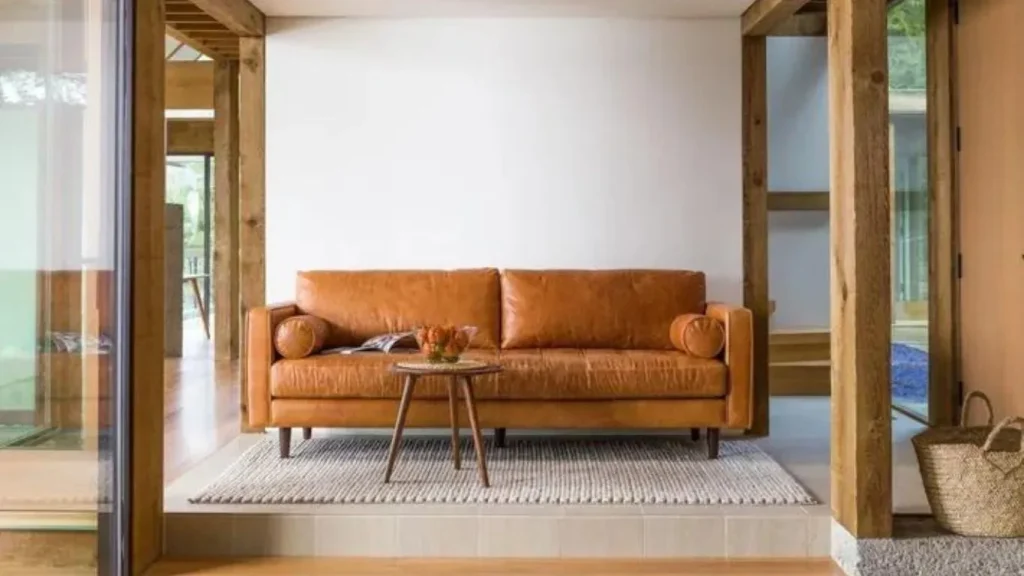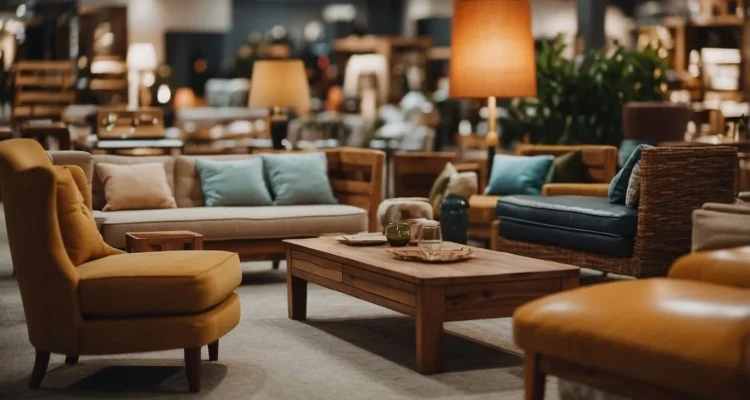Introduction
Ever wondered why that stunning sofa or elegant dining table comes with a price tag that makes your wallet cringe? Well, it all boils down to something called markup. In the furniture industry, markup is a crucial concept that affects not just how much you pay but also how businesses operate. So, let’s dive into what markup on furniture means and why it’s such a big deal!

Understanding Markup in General
What is Markup?
In simple terms, markup is the difference between the cost of a product and its selling price. It’s how businesses make a profit. Imagine you buy a table for $100 and sell it for $150. The markup here is $50.
How Markup is Calculated
Calculating markup is pretty straightforward. It can be expressed as a percentage of the cost price.
Markup Percentage
The formula for calculating the markup percentage is:Markup Percentage=(Selling Price−Cost PriceCost Price)×100\text{Markup Percentage} = \left( \frac{\text{Selling Price} – \text{Cost Price}}{\text{Cost Price}} \right) \times 100Markup Percentage=(Cost PriceSelling Price−Cost Price)×100
So, using our previous example, if you sell the table for $150, your markup percentage would be:Markup Percentage=(150−100100)×100=50%\text{Markup Percentage} = \left( \frac{150 – 100}{100} \right) \times 100 = 50\%Markup Percentage=(100150−100)×100=50%
Markup in the Furniture Industry
Factors Influencing Markup on Furniture
When it comes to furniture, several factors play a role in determining markup:
- Cost of Materials: The quality and type of materials used significantly affect the overall cost.
- Labor Costs: Skilled craftsmanship can drive up prices.
- Overhead Expenses: Rent, utilities, and marketing expenses all contribute to the final price.
Typical Markup Percentages in Furniture Retail
Markup in the furniture industry can vary widely. On average, you might see markups ranging from 30% to 50%. For custom or high-end pieces, it could be even higher! This is generally more than what you’d find in other retail sectors, where markups can be around 20% to 30%.
Types of Furniture and Their Markup
Different types of furniture come with different markup strategies:
Custom Furniture
This type typically has a higher markup due to the unique craftsmanship and materials involved. Customers are often willing to pay more for something that’s one-of-a-kind.
Mass-Produced Furniture
While this furniture is more affordable, the markup can still be substantial due to brand recognition and marketing efforts.
Antique Furniture
Antiques can carry a high markup due to their rarity and historical value, making them an interesting case in the markup world.
Why is Markup Necessary?
You might wonder why businesses don’t just sell furniture at cost. Here’s why markup is essential:
- Covering Costs: Markup helps businesses cover the costs of production, labor, and overhead.
- Generating Profit: Without markup, businesses wouldn’t survive! It’s crucial for profitability.
- Supporting Business Growth: Markup enables businesses to invest in new products, expand their offerings, and improve customer service.
How to Calculate Markup for Furniture
Calculating markup is not just for businesses. Consumers can also benefit from understanding it!
Step-by-Step Calculation Guide
- Determine the Cost Price: Identify what the store paid for the furniture.
- Find the Selling Price: Look at the price tag.
- Use the Formula: Plug the numbers into the markup formula to see how much profit the store is making.
Example Calculations
Let’s say a chair costs the store $80, and they sell it for $120.Markup Percentage=(120−8080)×100=50%\text{Markup Percentage} = \left( \frac{120 – 80}{80} \right) \times 100 = 50\%Markup Percentage=(80120−80)×100=50%
So, the store is making a 50% markup on that chair!
Consumer Impact of Markup
Understanding markup can help consumers make informed decisions. You can learn to evaluate whether a piece of furniture is priced fairly or if it’s inflated.
Understanding Pricing Strategies
Retailers often use pricing strategies like high-low pricing, where they mark items up significantly but then offer discounts during sales. It’s a way to attract customers while still making a profit.
How to Evaluate Value for Money
When you see a piece of furniture, consider the materials, craftsmanship, and brand reputation. This helps you understand whether the price is justified or if it’s just inflated markup.
Negotiating Furniture Prices
Did you know you can negotiate the prices of furniture? Here are some tips to help you out:
Tips for Consumers
- Do Your Research: Know the market price for similar items.
- Ask About Discounts: Inquire if there are any ongoing promotions or discounts available.
- Be Polite but Firm: A respectful approach can lead to better outcomes.
Understanding Price Markdowns
Sometimes, stores mark down prices to clear inventory. This could mean significant savings for you, so always keep an eye out for sales!
FAQs
What is a reasonable markup on furniture?
A reasonable markup usually falls between 30% to 50%, but this can vary based on factors like material quality and craftsmanship.
How does markup differ between online and brick-and-mortar stores?
Online retailers may have lower overhead costs, which can lead to lower markups. However, they might also charge for shipping, which can offset these savings.
Can I negotiate markup prices?
Yes! Many furniture retailers are open to negotiation, especially if you ask politely or express interest in multiple pieces.
What factors should I consider when buying furniture?
Look at the quality of materials, craftsmanship, brand reputation, and whether the price reflects these aspects.
How does seasonal sales affect furniture markup?
Seasonal sales can lead to significant markdowns, allowing consumers to snag deals while still maintaining the store’s overall markup strategy.

Conclusion
Understanding markup on furniture not only helps you navigate the shopping experience but also provides insight into how businesses operate. Knowing the factors that contribute to pricing can empower you as a consumer to make informed decisions and potentially save money in the process.


Congratulation!